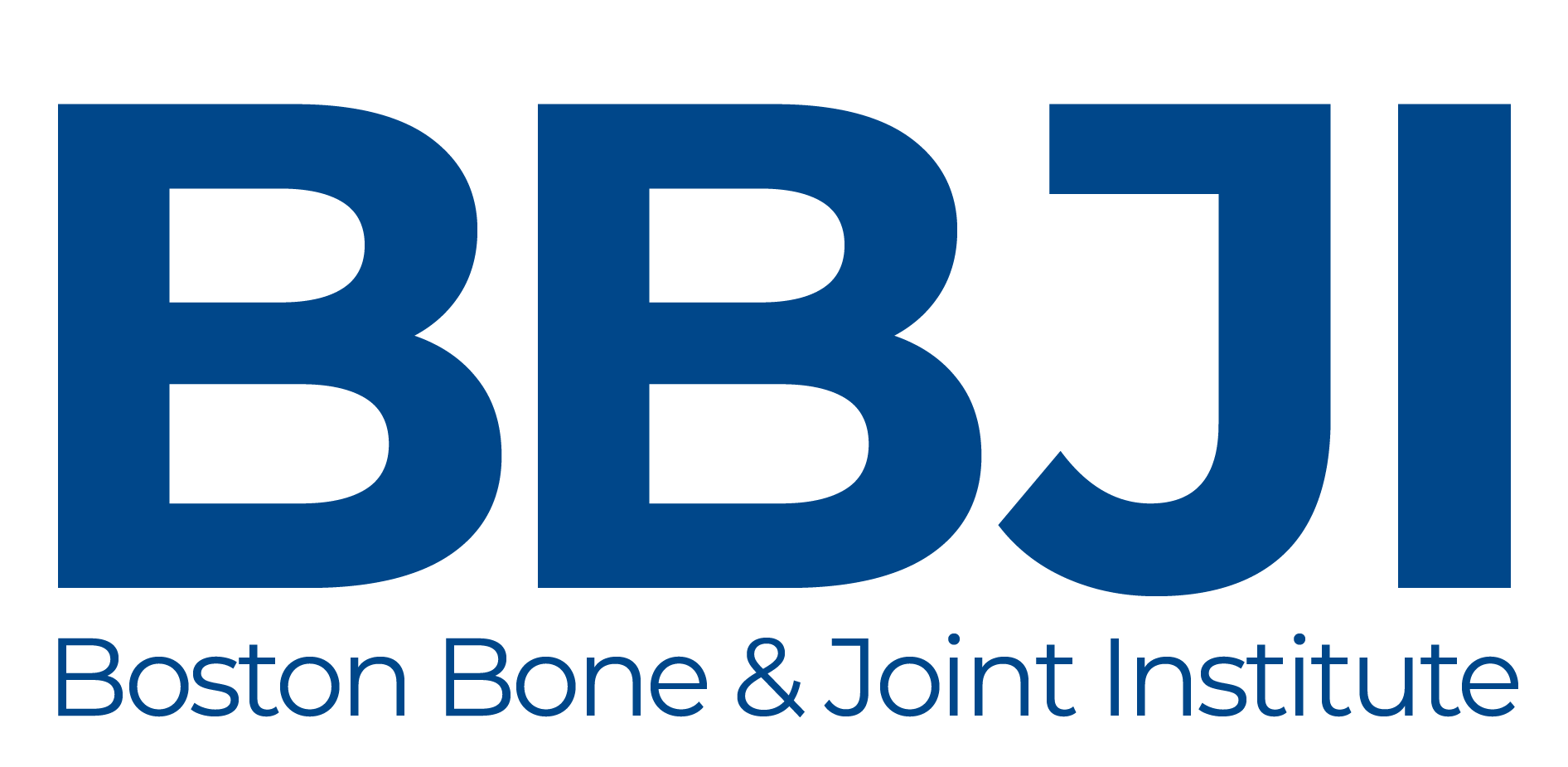

The Regenerative Orthopedics Center
About the specialty
Joint degeneration can occur from either acute injury to the joint surface or due to chronic overload. Joint degeneration can develop with varying rates of progression across different joint components. Progression of joint degeneration typically leads to increasing joint pain and stiffness with limitation of recreational or professional activities. Regenerative orthopedics presents a rapidly growing area in orthopedics that provides treatment options to effectively treat acute injuries that can lead to joint degeneration or can offer a way to reduce the symptoms of and improve joint function in cases of established joint degeneration. Although these regenerative technologies may not be able to completely reverse joint arthritis, they can help to improve pain and preserve joint function and activity levels and delay or even avoid joint replacement. These regenerative techniques provided are supported by scientific evidence and applicable to many joints in the body.
Treatments
Viscosupplementation (Hyaluronic Acid Gel Injections)
As osteoarthritis develops, natural joint lubrication produced inside the joint is reduced leading to stiffness and pain. Viscosupplementation therapy uses injections of a natural joint lubricant called hyaluronic acid into the joint affected by osteoarthritis. The viscous hyaluronic acid gel helps to improve joint lubrication, enhancing mobility and reducing pain. Various formulations of the gel are available, and each has specific administration protocols. It's important to note that insurance coverage for these injections varies, so checking with your provider is advised before proceeding.
PRP
PRP, or Platelet Rich Plasma, therapy is an advanced treatment modality that utilizes the healing properties of one's own blood to accelerate repair of injured tissues. During this process, a sample of the patient's blood is taken and centrifuged to concentrate the platelets, significantly increasing their proportion from the natural 10% to over 90%. This concentrated platelet-rich plasma is then injected into the injured area, resulting in the gradual release of specific growth factors contained in the platelets which promote tissue regeneration and healing. PRP therapy is widely used in sports medicine and orthopedics to effectively treat a variety of non-operative conditions and can also be used during surgery to augment tissue repair and expedite healing. Despite its documented clinical and scientific benefits, PRP treatments are generally not covered by insurance.
BMAC (Bone Marrow-Derived Stem Cell Treatment)
Stem cell therapy presents a novel regenerative treatment option for several orthopedic conditions. Stem cells work in the body to maintain and heal tissues by replenishing damaged and dying cells. Stem cells can be extracted from bone marrow through simple minimally invasive procedures. They are then concentrated and injected into the affected joint or tissue with ultrasound guidance (Bone Marrow Aspirate Concentrate, BMAC injections). Scientific evidence suggests that these injections can improve joint function by stem cells developing into articular cartilage cells, by reducing joint inflammation, and by releasing proteins that slow degeneration of cartilage and reduce pain. Besides its promising role in treatment of osteoarthritis, scientific evidence also supports the role of stem cells in augmenting surgical procedures for articular cartilage repair or rotator cuff repair. While initial scientific results are promising for this new regenerative technology, further high-quality research is currently being conducted to better define the long-term outcomes and dosing of this therapy.
Articular Cartilage Repair
Knee joint degeneration is a complex process of breakdown of the articular cartilage surface that cushions the bone in a joint. Injuries to the articular cartilage can occur from acute joint injuries such as dislocations and ligament tears but also from chronic overload. Several regenerative options exist to repair damaged articular cartilage tissue which can help to reduce the risk for development of joint arthritis.
MACI
Matrix-induced Autologous Chondrocyte Implantation (MACI) procedure is a two-stage approach for repairing knee cartilage defects. Initially, a small piece of healthy cartilage from the knee is harvested. This tissue is then used in the lab to grow new cartilage cells which are the patient’s own cells. The expanded cartilage cells are implanted into the knee's cartilage defect and then new cartilage grows in the defect over time. This advanced regenerative technique often can restore knee function and relieve pain associated with cartilage damage. Its primary purpose is to avoid a knee replacement at a young age. In addition, gradual return to activities can often be achieved with a defined postoperative rehabilitation program.
OATS
The Osteochondral Autograft/Allograft Transfer System (OATS) is a surgical technique used to address isolated cartilage defects in the knee. It involves transplanting a healthy bone and cartilage (osteochondral) fragment from a non-weight-bearing area of the patient’s own knee (autograft) or from a donor (allograft) into the damaged cartilage site. This process starts with harvesting an osteochondral "plug,” which is then size matched and implanted into the cartilage recipient site. Post-surgery, patients undergo a recovery period that includes partial weight-bearing exercises to facilitate healing while maintaining the integrity of the repair. This method aims to restore smooth cartilage surface in the knee, thereby improving joint function and reducing pain.
Marrow Stimulation
This regenerative orthopedic technique includes multiple different technologies such as microfracture, BMAC or Biocartilage. What is common to all these minimally invasive
techniques is that they use special instruments to gain access to the stem cells contained in the bone marrow to help repair the articular cartilage injury. These bone marrow-derived stem cells are combined with various types of scaffolds to help to fill in the articular cartilage defect with new tissue, resulting in reduced pain and improve joint function.
At BBJI, our expertise in orthopedics allows us to provide comprehensive care tailored to each patient's unique needs, ensuring a swift and effective recovery from injuries and other orthopedic issues. Our dedicated team is committed to guiding you through the entire healing process, prioritizing open communication and collaboration with all parties involved. Our ultimate goal is to restore your quality of life, helping you return to daily activities with confidence and without pain.




